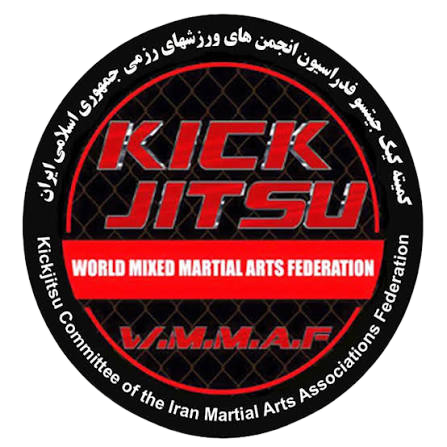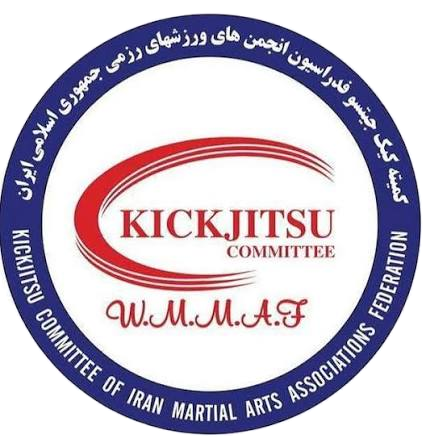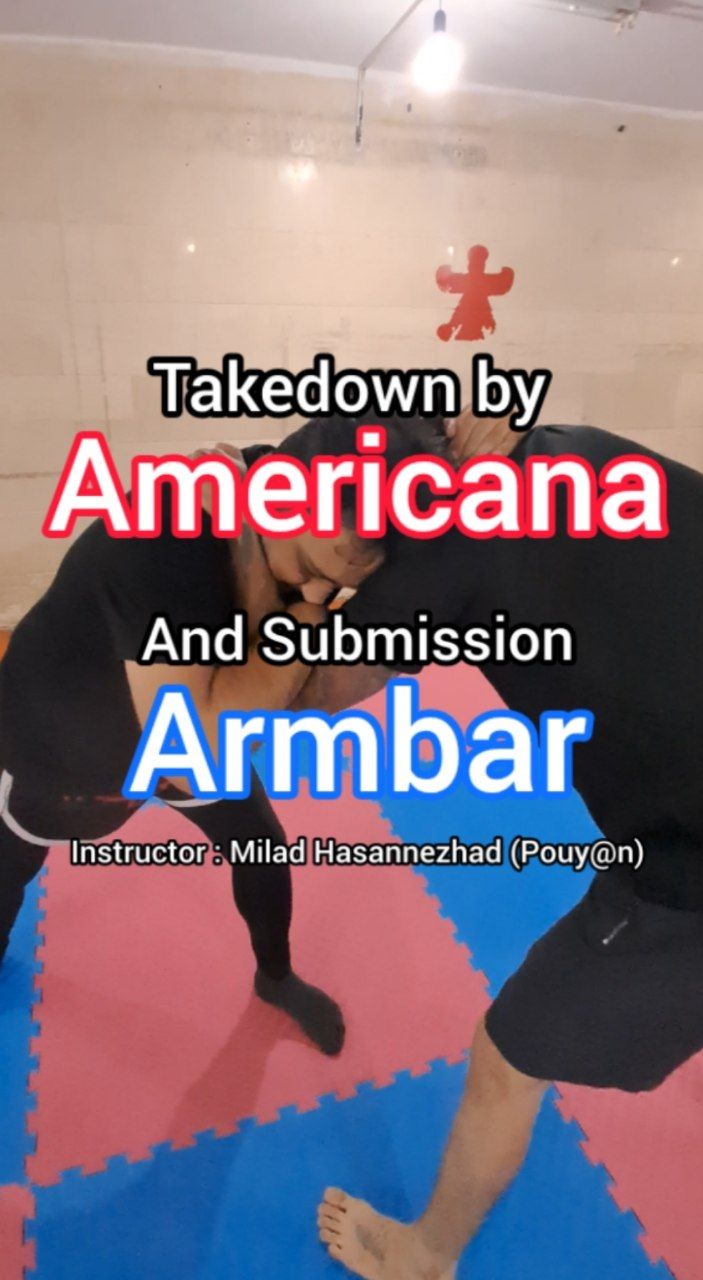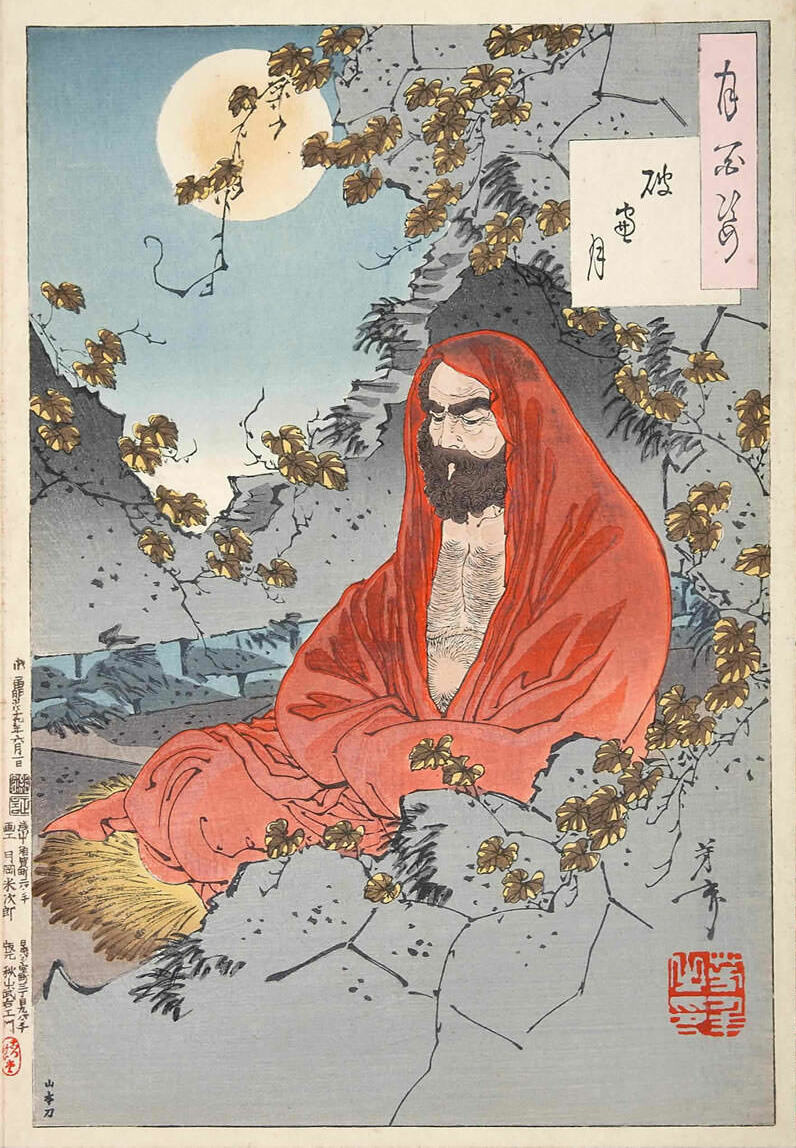Introducing KickJitsu (WMMAF)

Martial arts have historically been evolving and adapting to the needs of the times. In modern times, the emergence and popularity of Mixed Martial Arts (MMA) as a field to test and prove the effectiveness of different martial arts styles has revolutionized this field. MMA, as its name suggests, is a combination of striking and grappling, and success in it requires mastery of both aspects.
Kick Jitsu emerged in this context and is known as one of the effective answers to the needs of fighting in MMA. The style borrows its name from the combination of two key concepts: “Kick” which indicates kicks and punches (inspired by styles such as kickboxing, Muay Thai and karate) and “Jitsu” which refers to grappling, throwing and submission techniques (with roots in Brazilian Jiu-Jitsu, Judo and wrestling).
The main goal of kick-jitsu is to create a well-rounded fighter who is able to perform effectively at all fighting distances: from long range (kicking), to close range (punching), as well as clinch and ground fighting. This versatility has made kick-jitsu a powerful tool for MMA fighters.
The Roots of the Formation of the Kickjitsu Mixed Martial Arts Style:
Kick-Jitsu is not a completely new and independent style in the classical sense, but rather a logical and evolutionary result of the combination of proven martial arts. Understanding the roots of kick-jitsu requires looking at the path of evolution of mixed martial arts and the influence of different styles on it.
🔴 The emergence of mixed martial arts (MMA):
In the late 20th century, the birth of organizations such as the UFC (Ultimate Fighting Championship) was a turning point in the history of martial arts. These organizations pitted fighters from different styles (such as boxing, karate, taekwondo, Brazilian jiu-jitsu, wrestling, Muay Thai, etc.) against each other with the aim of finding the most effective martial art. The results of these fights clearly showed that no martial art style is perfect on its own and that mastery of both the stance and grappling aspects is the key to success.
🔴 Impact of Ground Arts:
Martial arts that specialize in ground strikes have played a significant role in the development of the “kick” aspect of kick jitsu.
Kickboxing: A combination of boxing and kicking (from karate and taekwondo), this art provides the basic framework for punching and kicking. The techniques of defense and attack with the hands and feet, the principles of distance and movement are all taken from kickboxing.
Muay Thai: Known as the “art of eight limbs” (fists, elbows, knees, shins), Muay Thai offers a set of very violent and effective techniques in the clinch and close-quarters. Knee and elbow strikes, and the use of “scooting” techniques in the clinch, are important elements that have been integrated into kick jitsu.
Karate and Taekwondo: These disciplines have also enriched the ground-kicking section of kick-jitsu with their fast, precise, and varied kicking techniques.
🔴 Influence of Grappling Arts:
The “Jitsu” section of kick-jitsu is based on grappling-focused martial arts.
Brazilian Jiu-Jitsu (BJJ): This martial art, which focuses on ground fighting, joint locks, and chokes, is an integral part of kick-jitsu. The ability to control an opponent on the ground, perform submissions, and defend against them are some of the most important aspects that BJJ has added to kick-jitsu.
Judo: With its focus on throws and taking an opponent to the ground, Judo also plays an important role in kick-jitsu. Takedowns, body control, and effective throws are inspired by Judo.
Wrestling: Wrestling, whether freestyle or Greco-Roman, gives Kick-Jitsu tremendous fighting power by focusing on body control, leg attacks and defense, and powerful takedowns.
🔴The Rise of Hybrid Styles:
As time went on and MMA fighters who combined different styles became more successful, the need to categorize and define hybrid styles grew. Kick-Jitsu became an umbrella term used by trainers and fighters to describe these combinations. Many MMA clubs naturally based their training programs on the principles of kick-Jitsu.
((History of Kick Jitsu))
The World Style of Kick Jitsu officially began its activity in 2003 in Kyiv, Ukraine under the name of the World Kick Jitsu Federation (WKJF). Kick Jitsu is a mixed martial art and the name is derived from the combination of the two martial arts of kickboxing and jujitsu.
Kick Jitsu was founded in Iran in 2003 by Shihan Siamak Khorami and was officially registered in the Iranian Martial Arts Federation in 2006.
_tpcf.jpeg)
((Introduction to Kick Jitsu Techniques))
The philosophy of Kick Jitsu is based on Effectiveness, Adaptability, and Completeness. These principles distinguish Kick Jitsu from traditional styles that may focus more on specific aspects.
Efficiency in Kick Jitsu means using techniques that have the greatest likelihood of success in real-world combat situations. This principle stems directly from lessons learned from MMA. Techniques that are merely beautiful or difficult but have little practical application have no place in Kick Jitsu. The philosophy of “Realism” comes first here.
A Kick Jitsu fighter must be able to change his strategy based on the fighting situation, the opponent, and different distances.
This includes:
-Adapting to the opponent: recognizing the opponent’s strengths and weaknesses and adopting the appropriate strategy to counter them.
-Adaptation to the rules: Understanding and executing techniques within the specific rules of a competition (e.g., in MMA or kickboxing with specific rules).
In kick-jitsu, especially in the grappling section, position control and applying constant pressure on the opponent are prioritized. Instead of simply trying for a submission, the fighter first tries to gain a superior position (such as Mount or Side Control) and by applying pressure, tire the opponent and create a suitable opportunity for submission or striking.
As a mixed style, kick-jitsu encompasses a wide range of techniques. The variety of techniques depends on the degree of emphasis a particular trainer or style places on different elements. However, the general principles include a combination of groundstrokes and grappling techniques.
🔵Striking Techniques:
This section is primarily inspired by kickboxing, Muay Thai, and to some extent karate and taekwondo.
🔴Punches:
Jab: A straight punch with the front hand to gauge distance, create distraction, and prepare for the next punch.
Cross: A straight punch with the back hand, the most powerful punch in a straight line.
Hook: A punch from the side, usually to the head or body.
Uppercut: A punch from the bottom up, usually to the chin or ribs.
Defensive Techniques: High Guard, Slipping & Bobbing, Blocking with the hand or forearm.
🔴Kicks:
Front Kick: A straight kick with the front of the foot or shin, to the abdomen or thigh.
High Kick: A spinning kick to the head.
Middle Kick: A spinning kick to the side or abdomen.
Low Kick: A kick to the outside or inside of the thigh, or shin.
Side Kick: A kick with the heel or side of the foot from the side.
Back Kick: A kick with the heel backwards, usually in response to an opponent's attack.
Heel Kick: A kick with the heel in a semi-circle.
Knee Strikes:
Front Knee: A knee forward, usually to the stomach or thigh.
Lateral Knee: A knee to the side, in a clinch.
Flying Knee: A throwing knee, with a jump.
🔴Elbow Strikes:
Horizontal Elbow: An elbow from the side.
Vertical Elbow: An elbow from above.
Upward Elbow: An elbow from below.
🔵 Grappling Techniques:
This section is a combination of Brazilian Jiu-Jitsu, Judo, and Wrestling.
Takedowns & Takedown Defense:
Double Leg Takedown: Grabbing both legs of the opponent and throwing them.
Single Leg Takedown: Grabbing one leg of the opponent and throwing them.
Asi Garuma (Judo): Throwing the opponent by throwing the leg around their waist.
Ouchi Gari (Judo): Suplexing the opponent's leg with the foot.
Suplexes: Various throws using lifting the opponent.
Takedown Defense: Sprawl, Whizzer, Footwork.
Clinch Techniques:
Head Control: To perform a knee, elbow or takedown.
Arm Control: To prevent a punch or takedown.
Pushing & Pulling: To throw the opponent off balance.
Clinch Takedown Techniques: Such as the Overhook (Uchi Mata) or Hikaru (Hiza Guruma) from Judo.
Ground Fighting Techniques:
Positional Control:
Side Control: Controlling the opponent on the side.
Mount: Riding on the opponent's stomach.
Back Mount: Standing behind the opponent, very good control.
Guard: Controlling the opponent from below using the legs.
Submission Techniques:
Joint Locks:
Armbar: Elbow lock.
Kimura: Side shoulder lock.
Omoplata: Shoulder lock using the leg.
Chokes:
Rear Naked Choke: Choke from behind.
Guillotine Choke: Choke by grabbing the neck and arm.
Arm Triangle Choke: Choke by squeezing the shoulder and arm of the opponent.
Ground Defense: Defense against takedown, Defense against submission (Tap out / Escape).
The Future of KickJitsu:
As MMA continues to evolve, kick-jitsu will continue to evolve as a mixed martial art. Newer styles may enrich this fusion by incorporating lesser-known martial arts or focusing more on specific aspects. But the core principles of efficiency, versatility, and comprehensiveness will undoubtedly remain the backbone of modern mixed martial arts.
Even for those who do not intend to fight professionally in MMA, practicing kick-jitsu as a fitness and self-defense program has tremendous benefits. In addition to physical fitness, the style also strengthens mental strength, self-confidence, and problem-solving abilities.

⭐️ Conclusion
Kick-jitsu represents the next stage in the evolution of martial arts. Unlike traditional martial arts, which sometimes focus on specific aspects, this style is a logical and practical response to the needs of real-world combat, especially in the context of modern mixed martial arts (MMA). By intelligently and effectively combining ground striking from styles such as kickboxing and Muay Thai, with grappling and ground fighting techniques from styles such as Brazilian jiu-jitsu, judo, and wrestling, kick-jitsu develops a fully-rounded, adaptable, and efficient fighter. Its fundamental principles, which emphasize efficiency, adaptability, and comprehensiveness, shape not only the technical framework but also the behavioral and mental philosophy of the fighter.
Author: Milad Hassannezhad (Pouyan)
2025/09/23
((در ادامه میتوانید این متن را به زبان پارسی مطالعه نمایید ⬇️))

_6gbc.jpeg)


_tpcf.jpeg)
